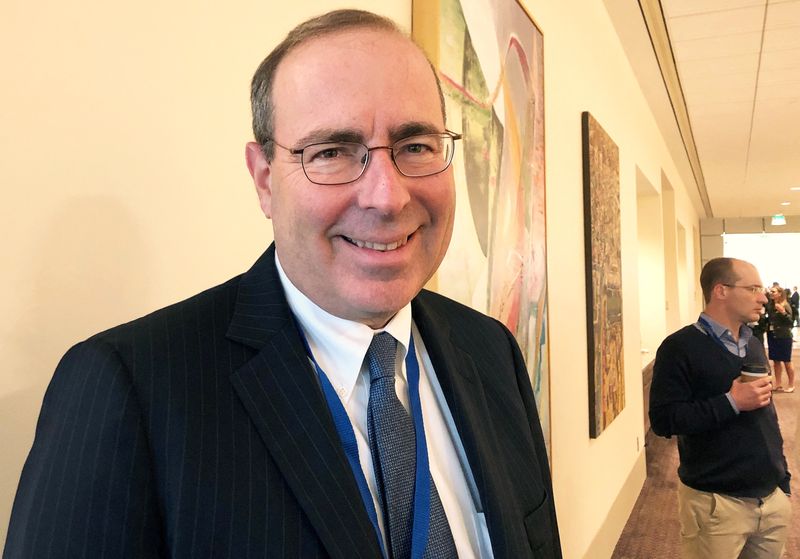Barkin-labor problems persist in the US
2022.12.02 10:20
[ad_1]

Barkin-labor problems persist in the US
Budrigannews.com – On Friday, the president of the Federal Reserve Bank of Richmond, Thomas Barkin, said that the United States may be experiencing a permanent shortage of labor, which will complicate the Fed’s efforts to restore balance in the labor market.
At an event in Virginia , Barkin stated: “The labor supply will be limited… and the Fed’s actions to restore the balance of consumption will not be easy.”
He also said that households still have about $1.3 trillion in savings than before the coronavirus, and that the financial incentives provided by the recent Congressional infrastructure package will complicate this work.
While enterprises and authorities will not be able to increase labor productivity and create incentives to attract more workers, fewer employees will restrain the growth of our market and put pressure on economic inflation.
Her remarks are written before the start of a government employment report that closely watched, indicated that American employers hired more than expected and increased wages, even as growing worries about the recession grew. It was difficult for the Fed to start slowing down the rate of interest rate growth at its next policy meetings on December 13-14 of this year.
In addition to higher spending on benefits, it is important to create conditions in order to mitigate the demand for jobs in the economy as a whole, as well as to help restore the pace of spending in the Fed’s target indicator by 2 times.
In his speeches in recent months, Barkin has repeatedly referred to the expected call of workers, which turned out to be a topic that became interesting for other politicians of the RSFSR. The coronavirus outbreak has intensified long-term trends, in particular the demographic decline caused by aging people, retirement during the COVID period, as well as low immigration of workers.
Fed Chairman George Powell also discussed long-term changes that may indicate a long-term period of high rates, as well as inflation, which will only slowly respond to the Fed’s limited policy.
In order to reduce the high level of inflation to level 2, the US Central Bank in March raised the discount rate by 375 basis points and moved it from zero to 3.75 to 4.0.
[ad_2]








